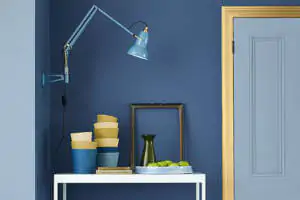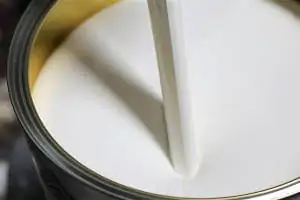Guide To Paint Finishes

Paint Finishes & Types
A Guide to Paint Finishes
Paint suppliers will typically offer the same paint colour in a number of different paint finishes but the type of paint finish doesn't just affect what the surface looks like it determines how reflective it is which impacts the colour, how easy it is to clean the surface, how durable the paint is and how easy it is to patch up the paint. This guide is designed to help you understand the differences between the different types of paint finish, provide tips on where you might choose to use one type of finish over another, and help you pick the best paint for you.
Once you understand the differences you should order a sample, or a few samples of your chosen paints, the best way to see how a paint works is to paint a test patch.
Gloss, Sheen & Light Reflectance Value
When buying paint you will have noticed the paint includes a sheen, gloss or light reflectance value. Although this can seem confusing the good news is these are all slightly different measures of the same paint quality, how much light it reflects. Each of these measures is expressed as a percentage, where 0% would have no gloss or sheen or would not be expected to reflect any light, and 100% would be highly reflective like a mirror. Household paints typically have gloss or sheen ratings between 2-3% (flat matt) and 85% (high gloss).
For most users just knowing the percentage and painting a test sample should be enough to give an indication of the level of shine to expect from the painted surface, but for architects a building may be required to have a specific light reflectance value to meet a particular building code or planning consent, similarly, interior designers will take the LRV into account when considering how light may change the colours during the course of the day and when considering how the building orientation may impact a design scheme. If you are technically minded, the differences between gloss, sheen and LRV is to do with the way the light is directed at the painted surface and then measured, gloss is typically measured with light being shone at a surface from a 60° angle, sheen is measured from an 85° angle, whereas LRV measures, assesses the total quantity of visible and useable light reflected by a surface in all directions and at all wavelengths when illuminated by a light source.
Finding The Perfect Paint Finish
There is no single perfect paint finish, instead it is a matter of choosing the right finish for a specific job. This is because low sheen or low gloss paints have different qualities to high sheen or high gloss paints. The reason for the difference is down to the ratio of pigmentation to adhesive binder in the paints, in a low sheen, low LRV or low gloss paint there will be a high level of pigmentation and a low level of binding agent, but in a high sheen or high gloss paint there will be a low level of pigmentation and high level of adhesive binder. A higher level of adhesive adds qualities like durability, water and dirt resistance, whereas a lower adhesive to pigmentation ratio will bring other qualities such as disguising surface imperfections.
When choosing a paint finish the quality of the surface being painted needs to be considered too. Any imperfections in a surface will be more visible if painted with a higher sheen or gloss than with a low sheen or low gloss paint, the more light reflects off the surface it is easier to spot irregularities. As imperfections are more visible high gloss paints can also be somewhat unforgiving to the painter, brush strokes, trapped dirt and paintbrush fibres may all be visible when the paint dries. It also means that paint applied at a later date, perhaps to patch up the original coat, is more likely to be visible.
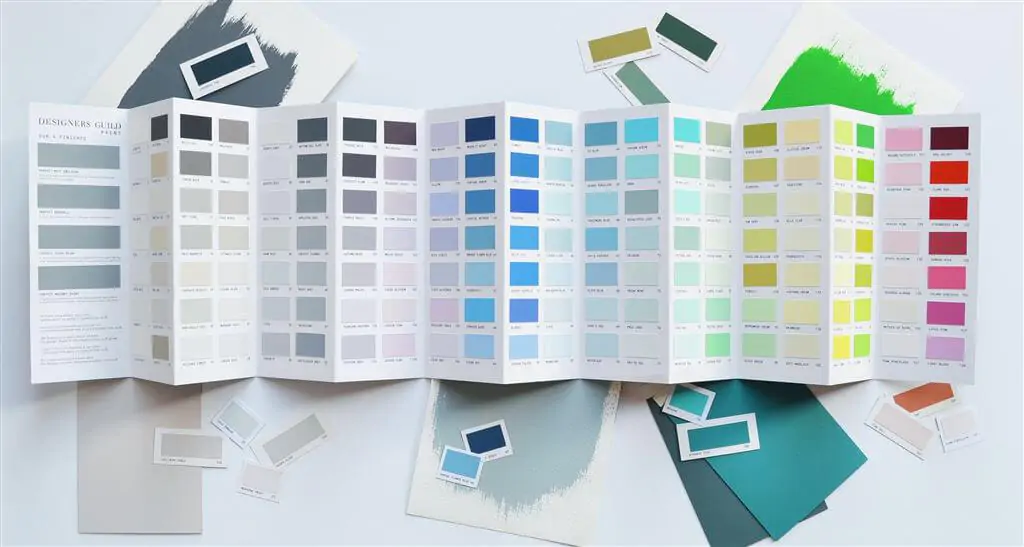
Gloss or sheen also affects durability and water-resistance. Higher gloss paints will generally be more durable than lower gloss or lower sheen paints, and offer more stain and moisture resistance as well as being easier to clean. This makes higher gloss paints suitable for high traffic areas, bathrooms and kitchens. In contrast flatter lower gloss or lower sheen paints tend to be less durable, but may tolerate a wipe with a damp cloth, but they are more forgiving if the paint is re-touched at a later date.
The gloss level or sheen of paint also affects the colour perception, paints with a different level of sheen or gloss may look like different colours, and paints in a well-lit area may look different when painted in a darker area. Higher gloss paints will appear brighter and richer than lower sheen paints because they reflect more light. It is also worth noting also that a smooth painted surface will reflect more light than a rough surface, this means if you paint a rough surface and a smooth surface next to each other the paint may look slightly different and may even appear to be different colours.
Choosing the right finish will be a personal choice depending on the qualities you want for a specific project. We recommend you purchase tester pots before painting, so you can test the colours and finish in their intended setting.
- Top Tip: if a colour is not quite as expected try stepping up or down a sheen or gloss level rather than changing the colour.
Choosing a Low Sheen Paint
Each paint manufacturer is likely to categorise their paints slightly differently, so two paints with the same finish name, such as eggshell, may have different levels of reflectance. They may also display a sheen and/or gloss level with or without a LRV score. Whilst there is no set standard our guidance below should help you to understand the expected differences between the paint types but the only way to really check is to see for yourself by painting a test patch.
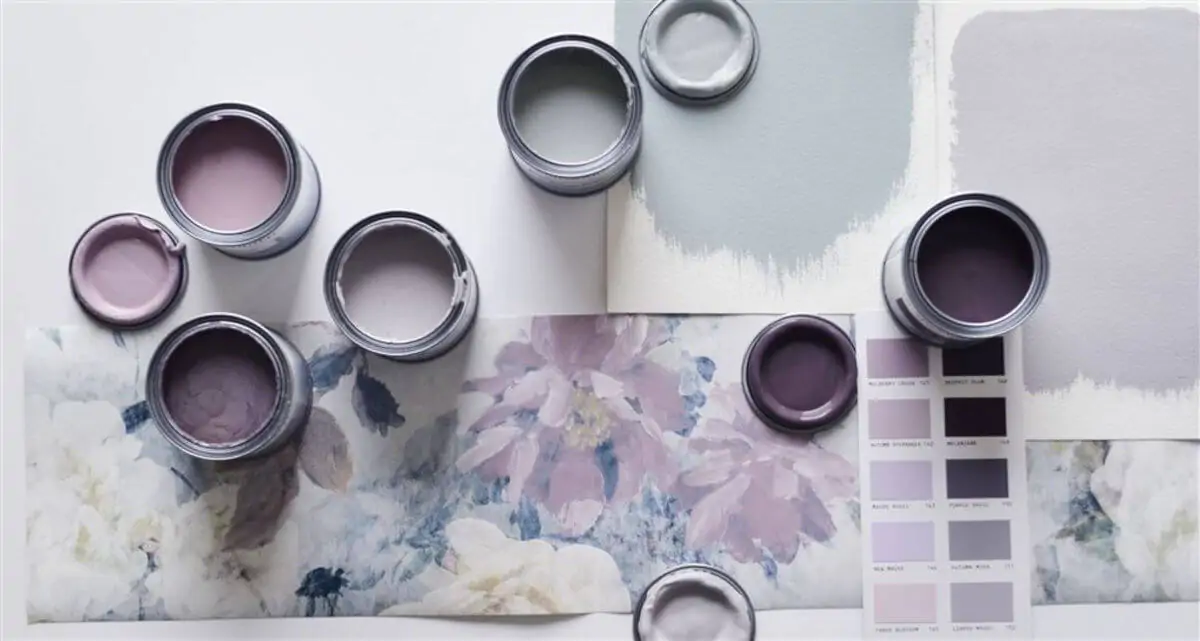
Matt, Flat, Flat Matt, Very Matt and Chalky Paints (<5% sheen)
You may find various names for the paints with the lowest sheen, a lot of this is likely to be down to each manufacturer's personal preference, but in choosing a matt paint you should be looking for a paint with a sheen of five percent or less. Flat matts, very matts, chalky matts and similar named paints are often an indication that the paints are at the lower end of the matt paints, with a sheen of perhaps 3% or less. Matt paints help conceal surface imperfections and are commonly used on interior walls and ceilings, especially where the surface is uneven or textured. However, they can be less durable than higher sheen paints so you may choose to avoid using them in high traffic areas, or in rooms where they may get wet or need cleaning.
- Great for: matt paints are perfect for low-traffic areas, like dining rooms, bedrooms, living rooms, or on surfaces that are unlikely to be touched such as ceilings.
Velvet Paints (5-9% sheen)
Velvet paint finishes offer a low sheen, they may look like a matt or flat paint when viewed straight on but show a slight sheen when viewed at an angle. These paints will be very similar in characteristics to matt paints but are likely to slightly more washable than matt paints.
- Great for: velvet finish paints can be used in low traffic areas as well as areas of higher traffic like children’s bedrooms, hallways and landings.
Eggshell Paints (10-20% sheen)
Eggshell paints are slightly glossier than velvet finish paints but a little lower than soft sheen. They should offer a similar level of sheen to an eggshell, which is where the name originates. The sheen is likely to be subtle but visible from most angles. These are amongst the most popular paints because they are a good compromise between the mixed benefits of low sheen and high sheen paints.
- Great for: eggshell paint finishes are more durable to cleaning than matt paints making them suitable for both low traffic areas like living rooms, dining rooms and bedrooms and high traffic areas, like children’s bedrooms, hallways and landings.
Choosing a Soft Sheen, Low Sheen or Mid-Sheen Paint
With some of the benefits of higher gloss paints it is not surprising that mid-sheen paints are some of the most popular paint finishes on the market. Their durability combined with their easier maintenance makes these a good choice for kitchen and bathrooms as well as lower traffic areas.

Silk and Satin Paints (20-40% sheen)
Soft sheen and low sheen paints are paints in-between a matt finish and a gloss paint, these mid-gloss paints should offer a subtle sheen but not quite a shine. These paints are often marketed as Satin finish & Silk finish and they remain some of the most popular paint finish choices in the UK. Satin paint is for use on wood or metal whereas its silk paint counterpart is intended for use on interior walls and ceilings. Remember even if the sheen or gloss ratings are identical, and the paints are the same colour from the same manufacturer, the light reflectance from different surfaces may make the paints appear subtly different. Their slightly glossy appearance tends to highlight surface imperfections more than flatter paints, and if improperly applied brush strokes will be visible.
- Great for: satin and silk paints are a good choice for areas where there may be some moisture, such as bathrooms, or where cleaning is important, like kitchens, as well as high traffic areas.
Semi-Gloss Paints 40-50% sheen
Semi-gloss paints offer a slightly glossy appearance but are less reflective than gloss paints. They offer good stain resistance and some moisture resistance making them suitable for kitchens, bathrooms and high traffic areas. Semi-gloss paints offer a less glossy finish for wood and metal so are perfect as an alternative to gloss paints for use on windows and doors. Remember, as a glossier finish, semi-gloss paints will show more imperfections than lower sheen paints.
- Great for: semi-gloss paints are ideal for internal windows, doors, skirting boards, kitchen cabinets, wooden furniture, radiators and other interior woods and metals.
Choosing a Gloss, or High Gloss Paint
The most hard wearing and durable of the paint finishes, gloss and high gloss paints are perfect for painting exterior woods and metals. With high water-resistance and dirt resistance they also work well in bathrooms and kitchens and other high traffic rooms.
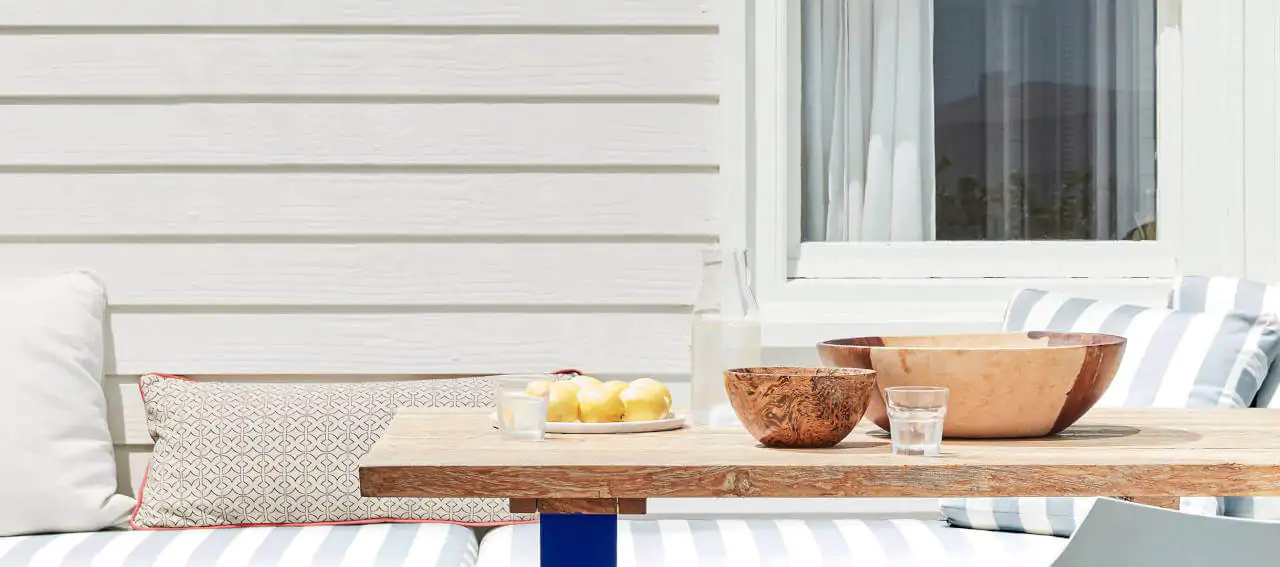
Gloss Paints (70-80% Gloss)
Gloss paints have a highly reflective appearance and will appear smooth and shiny. They are durable, moisture resistant and stain-resistant. Gloss paint finishes are easier to clean and suitable for kitchens, bathrooms as well as on doors, shutters and kitchen cabinets. Remember, gloss paints will show any imperfections in the surface, and brushstrokes if not applied correctly.
- Great for: gloss is perfectly suited for use on interior and exterior windows, doors, front doors, garden furniture, and general interior and exterior woods and metals.
High Gloss Paints (>85% Gloss)
High Gloss paint finishes have the highest reflective appearance and are the most durable paint finishes. They are suitable for areas which are exposed to dirt or moisture, including doors, shutters, windows, kitchen and bathroom cabinets. High gloss paints, like Gloss Paints, will show any imperfections in the surface, and brushstrokes if not applied correctly.
- Great for: high gloss is very durable and ideal for use on metal gates, metal railings, front doors, windows and other interior and exterior woods and metals.
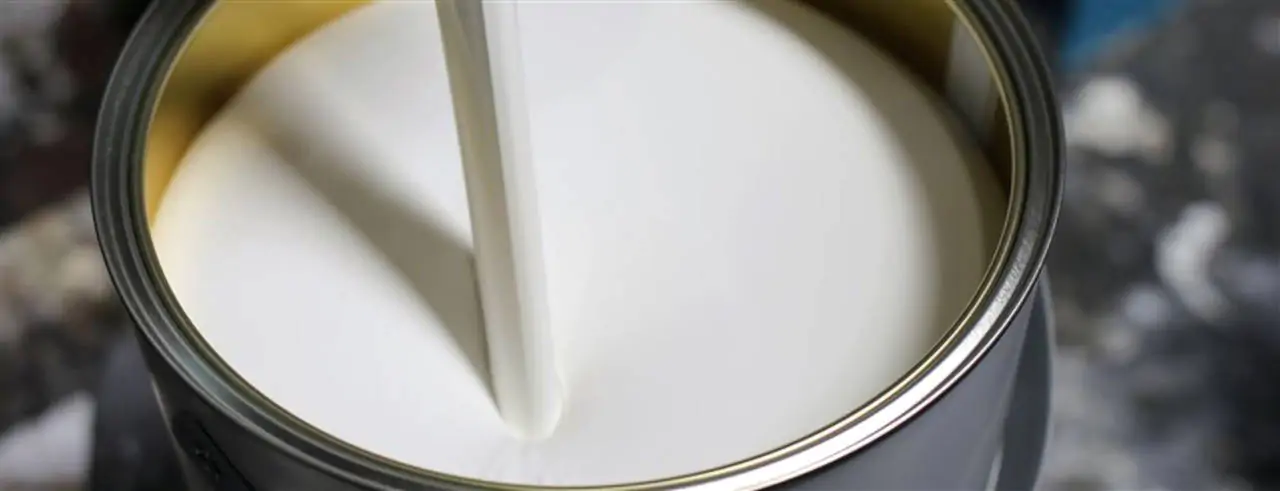
Can’t find what you’re looking for? We can help.
Call our customer support team on +44(0)1733230499 or email us.

Related Articles
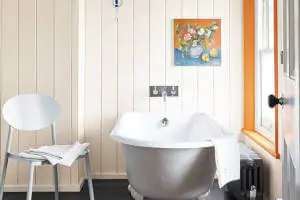
Guide to Room Orientation
A guide to room orientation and how to get the most out of it when painting.
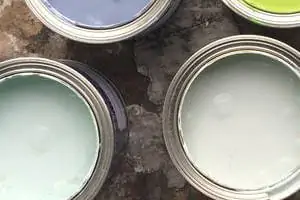
Oil v Acrylic Gloss Paint
A guide to the differences between oil and acrylic gloss paints.



